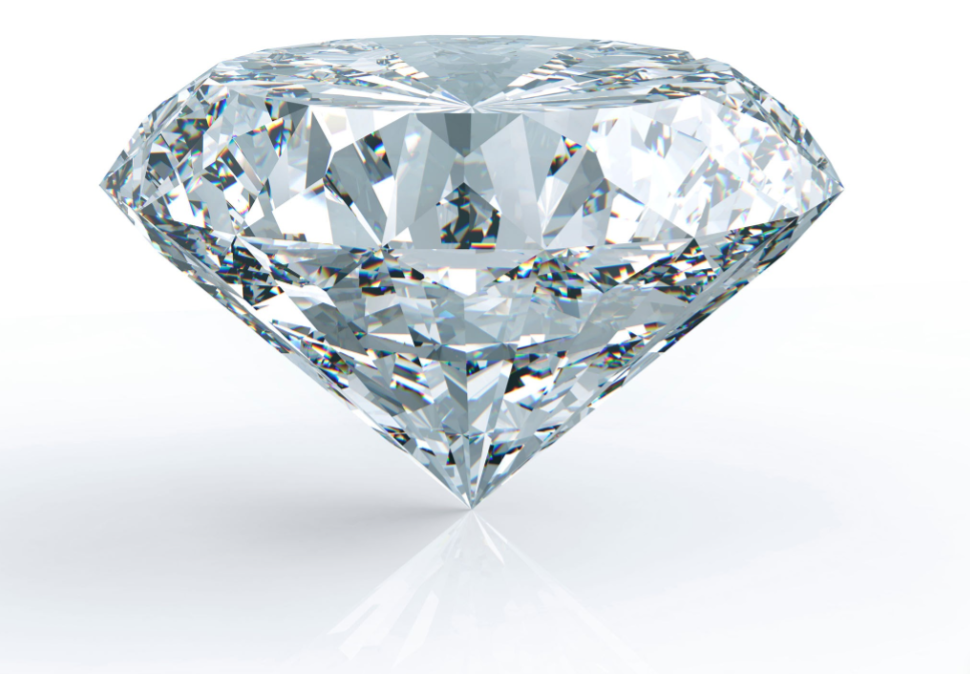
The 4Cs
Every diamond, like a human fingerprint, has certain distinguishing characteristics. The 4Cs colour, clarity, cut and carat weight are the globally accepted standards for assessing the quality of a diamond.
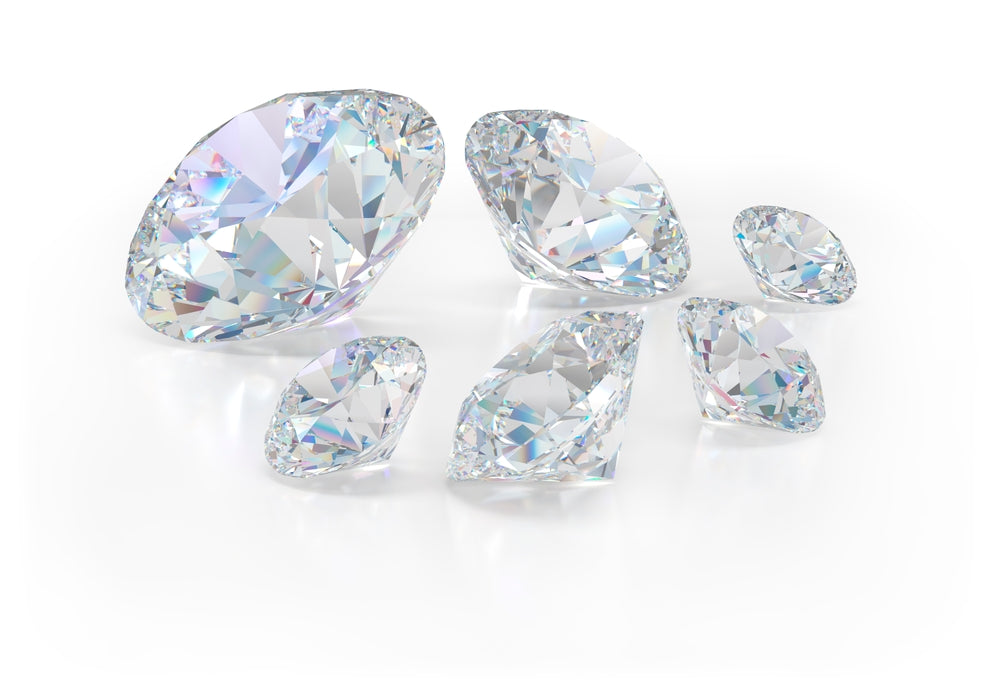
CARAT
Carat and Size can often get confused by people, carat denotes the weight of a diamond, not the size. Carat refers to the weight of a diamond, while the size refers to the measurement of the stone in millimetres. Because even a fraction of a carat can make a considerable difference in cost, precision is crucial. In the diamond industry, weight is often measured to the hundred thousandths of a carat, and rounded to a hundredth of a carat. Diamond weights greater than one carat are expressed in carats and decimals. For instance, a 1.08 ct. stone would be described as “one point oh eight carats,” or “one oh eight.”
Carat weight can appear differently across different diamond shapes such as round brilliant, princess, pear, oval, cushion, marquise, emerald, radiant or heart. A diamond may have a higher carat weight without appearing larger and two diamonds of the same carat weight can vary in size if one is cut deeper than the other. In other words, it is important to note that carat weight does not necessarily denote size.
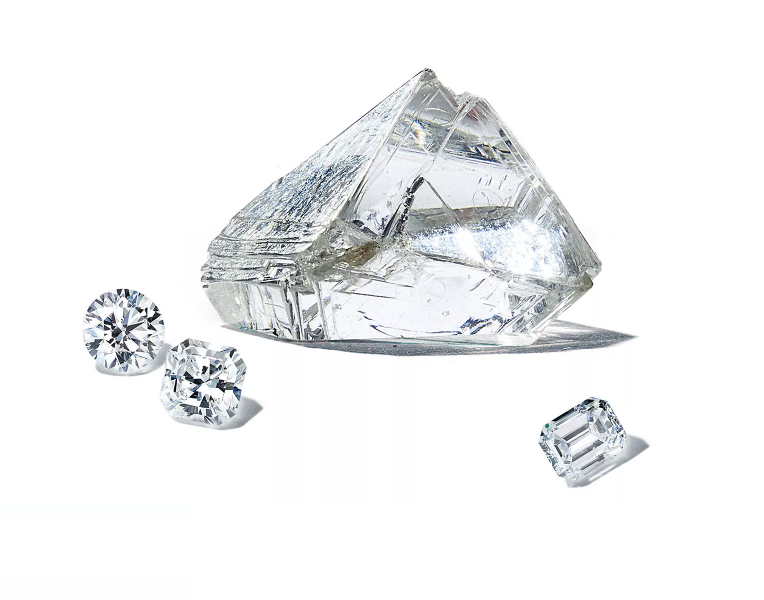
CUT
The most important of the 4Cs cut refers to how a diamond’s facets interact with light. It is determined by symmetry, proportion and polish. More than any other factor, cut quality is the factor that fuels a diamond’s fire, sparkle and brilliance. The allure and beauty of a particular diamond depends more on cut quality than anything else. If a diamond is cut well, it will reflect and refract light for maximum brightness and sparkle.
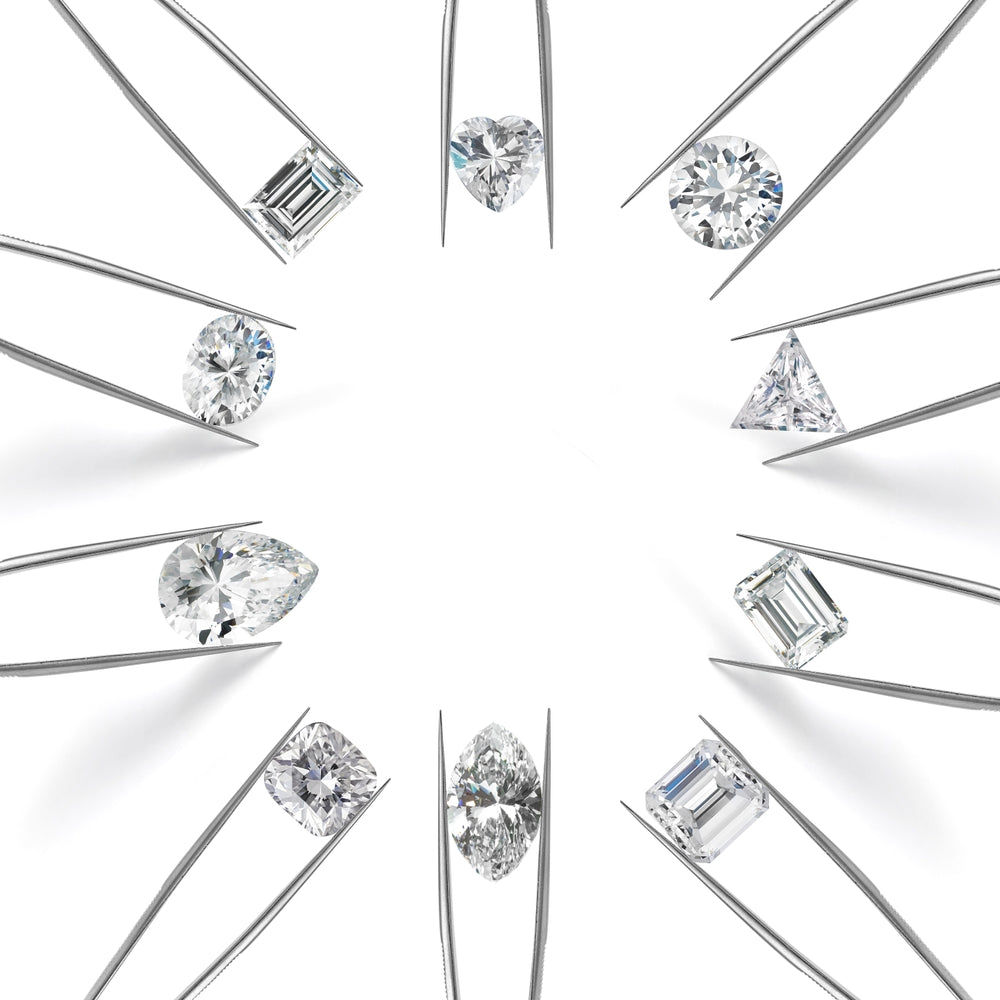
CUT VS SHAPE
People often use the words cut and shape interchangeably. They think of cut as the shape or outline of the diamond, rather than the arrangement of facets needed to create an attractive face-up appearance. Round is the shape used in most diamond jewelry. All other outlines are known as fancy shapes. Examples of traditional fancy shapes include the marquise, pear and oval. Hearts, triangles and a variety of others are also gaining popularity in diamond jewelry.
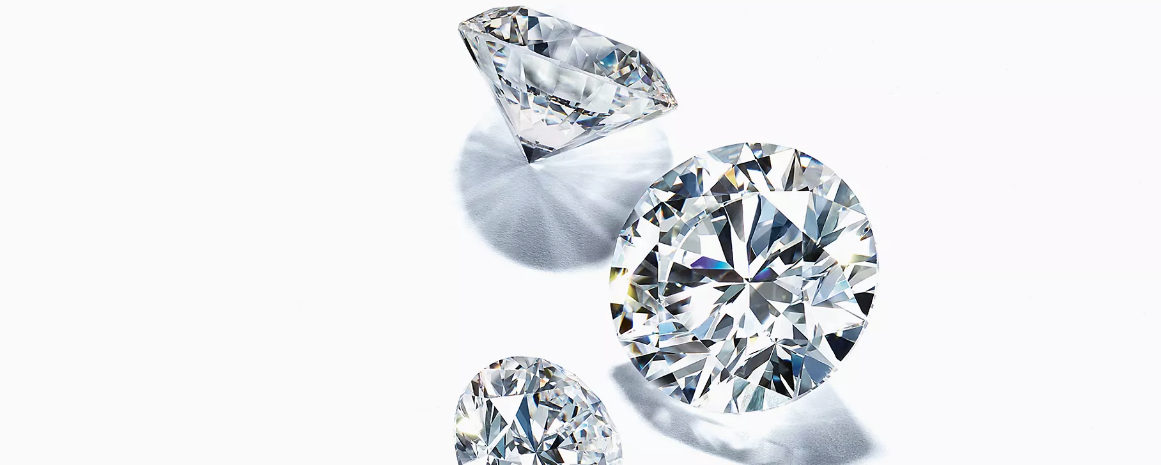
Clarity
Every diamond is unique. None is absolutely perfect under 10× magnification, though some come close. Known as Flawless diamonds, these are exceptionally rare. The GIA Clarity Scale contains 11 grades, with most diamonds falling into the VS (very slightly included) or SI (slightly included) categories. In determining a clarity grade, the GIA system considers the size, nature, position, color or relief, and quantity of clarity characteristics visible under 10× magnification.
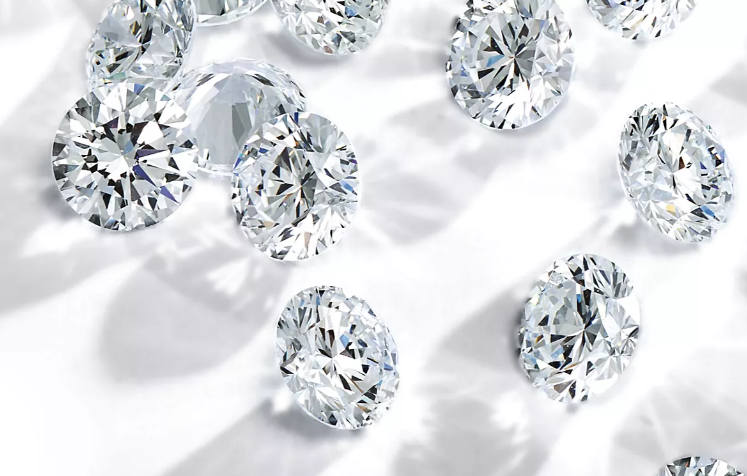
Color
Colour is the second most important of the 4Cs because the colour grade directly affects the stone’s appearance. Diamonds with a poor colour grade can appear slightly yellow instead of the desired brilliant white. Diamond color is all about what you can’t see. Diamonds are valued by how closely they approach colorlessness – the less color, the higher their value.
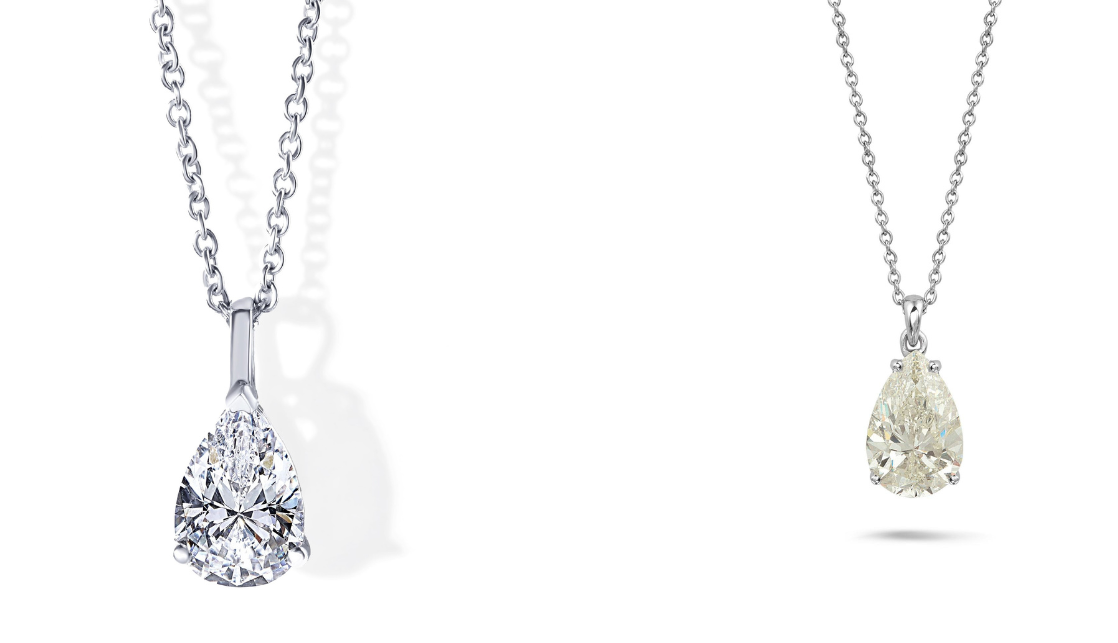
Diamond color is all about what you can’t see. Diamonds are valued by how closely they approach colorlessness – the less color, the higher their value. The scale begins with the letter D, representing colorless, and continues with increasing presence of colour to the letter Z, or light yellow or brown. Most diamonds found in jewelry stores run from colorless to near-colorless, with slight hints of yellow or brown.
Frequently Asked Questions
WHAT IS DIAMOND CUT
Diamond cut is determined by symmetry, proportion and polish. Diamond cutting is the process of turning a rough stone into a faceted one. More than any other factor, cut determines the beauty of the stone.
WHAT DIAMOND CUT SPARKLES THE MOST
The round brilliant diamond, which has 57 to 58 facets, is the most brilliant of the diamond cuts. Cushion, oval, marquise, pear and heart-shaped diamonds are also cut using the brilliant faceting style and are similar to the round brilliant in degree of sparkle.
WHAT IS THE DIFFERENCE BETWEEN A DIAMOND CUT AND A DIAMOND SHAPE
It’s important to note that diamond cut and diamond shape are not the same thing. A diamond’s cut determines how its facets interact with light. A shape describes the geometric appearance of a diamond. Cut defines what the shape of a rough diamond will be not the other way around. This is why diamond shapes are often interchangeably referred to as cuts.
WHAT IS DIAMOND COLOUR
Colour refers to the natural tint inherent in white diamonds. In nature, most white diamonds have a slight tint of yellow. The closer to being “colourless” a diamond is, the rarer it is. The industry standard for grading colour is to evaluate each stone against a master set and assign a letter grade from “D” (colourless) to “Z” (light yellow).
WHAT'S THE BEST DIAMOND COLOUR
Among white diamonds, D colour diamonds are of the highest grade. D colour diamonds are in the "colourless" range on a diamond colour scale along with E colour diamonds and F colour diamonds. Fancy colour diamonds such as yellow or pink diamonds have their own colour grades.
WHAT IS DIAMOND CLARITY
Diamond clarity is a measure of the purity and rarity of the stone, graded by the visibility of these characteristics under 10-power magnification. A stone is graded as flawless if, under 10-power magnification, no inclusions (internal flaws) and no blemishes (external imperfections) are visible.
WHAT’S THE BEST DIAMOND CLARITY
The best diamond clarity grade is FL, flawless.
WHAT’S THE DIFFERENCE BETWEEN CLARITY AND COLOUR
Diamond clarity is a measure of the purity and rarity of the stone, graded by the visibility of these characteristics under 10-power magnification. Diamond colour refers to the natural tint inherent in white diamonds.
WHATS THE DIFFERENCE BETWEEN CLARITY AND CUT
Diamond clarity is a measure of the purity and rarity of the stone, graded by the visibility of these characteristics under 10-power magnification. Diamond cut is determined by how a diamond’s facets interact with light and by symmetry, proportion and polish.



